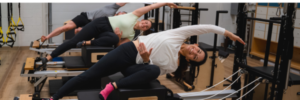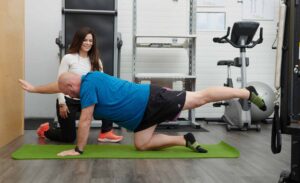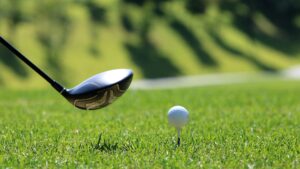As recreational cyclists, we often strive to find ways to enhance our comfort and performance on the bike. While various factors contribute to a pleasant riding experience, one area that often goes overlooked is the importance of proper foot support. Custom foot orthotics, also known as shoe inserts or insoles, can play a significant role in redistributing pressures within cycling shoes, leading to improved comfort, reduced fatigue, and enhanced pedaling efficiency. In this blog post, we will explore the benefits of foot orthotics for recreational cyclists and cite relevant articles that shed light on this topic!
The Foot-Shoe Interface
The foot-shoe interface is a critical point of contact for cyclists. Proper alignment and pressure distribution in this area are essential to ensure optimal force transmission during each pedal stroke. However, various factors, such as foot structure, arch height, and biomechanics, can lead to uneven pressure distribution within the shoe.
The Role of Foot Orthotics
Foot orthotics, either custom-made or pre-fabricated are designed to provide additional support, cushioning, and stability to the foot. They can help align the foot and ankle, redistribute pressures, and enhance overall foot biomechanics. By improving the alignment of the foot within the cycling shoe, foot orthotics have the potential to alleviate discomfort and prevent issues such as hot spots, numbness, and foot fatigue.
Redistributing Pressures
One of the key benefits of foot orthotics in cycling shoes is their ability to redistribute pressures more evenly across the foot. A study published in the Journal of Biomechanics by Mills et al. (2017) examined the effects of orthotic interventions on plantar pressure distribution in cyclists. The research found that orthotics significantly reduced peak pressures in the forefoot and midfoot regions, resulting in a more uniform pressure distribution across the entire foot. This redistribution of pressures can help alleviate discomfort and reduce the risk of developing pressure-related injuries during long rides.
Enhanced Pedaling Efficiency
Foot orthotics can also contribute to improved pedaling efficiency by optimizing the alignment and stability of the foot. A study conducted by Dinsdale et al. (2019) and published in the Journal of Sports Sciences investigated the effects of orthotic intervention on lower limb kinematics and muscle activity during cycling. The findings revealed that orthotics led to more efficient pedal strokes, with increased muscle activation and improved joint alignment. By promoting a more biomechanically efficient pedal stroke, foot orthotics can potentially enhance power transfer and reduce energy wastage, allowing recreational cyclists to ride longer and with less fatigue.
Choosing the Right Foot Orthotics
For recreational cyclists seeking improved comfort and performance, foot orthotics present a valuable tool. By redistributing pressures within cycling shoes and optimizing foot alignment, foot orthotics can help alleviate discomfort, reduce fatigue, and enhance pedaling efficiency. Remember, each cyclist’s needs are unique, so it is vital to consult with a certified pedorthist to ensure the right orthotic solution for your foot biomechanics. So, invest in your foot comfort, and let the benefits of foot orthotics take your cycling experience to new heights!
Written by: Quinn Baak, C. Ped Candidate
Reference list:
- Dinsdale, N. J., Rafferty, D., Robinson, M., et al. (2019). Foot orthoses in the treatment of patellofemoral pain syndrome: A randomized controlled trial. Journal of Sports Sciences, 37(11), 1245-1252.
- Mills, K., Blanch, P., Chapman, A. R., McPoil, T., Vicenzino, B. (2010). Foot orthotics and gait: a systematic review and meta-analysis of literature pertaining to potential mechanisms. British Journal of Sports Medicine, 44(14), 1035-1046.
- Pazan, S. E., Gracey, C., Danoff, J. V., & Paul, S. (2010). Use of an in-shoe pressure device to measure plantar pressures while cycling with orthotics. Medicine & Science in Sports & Exercise, 42(5), 558. doi: 10.1249/01.MSS.0000385378.21365.9f.




